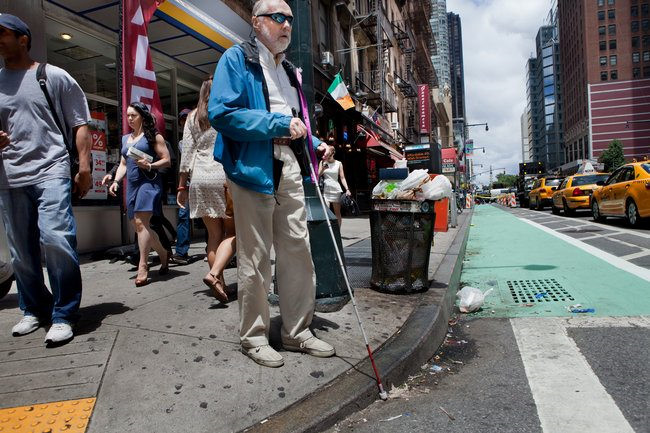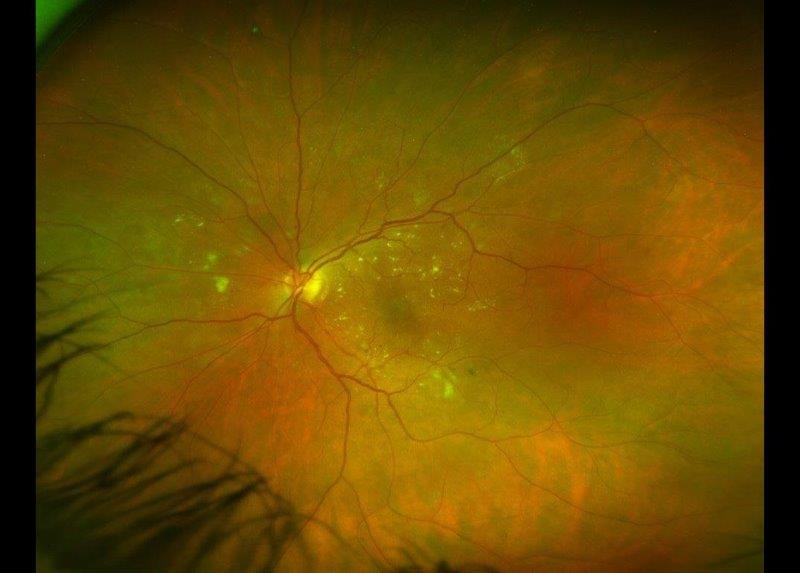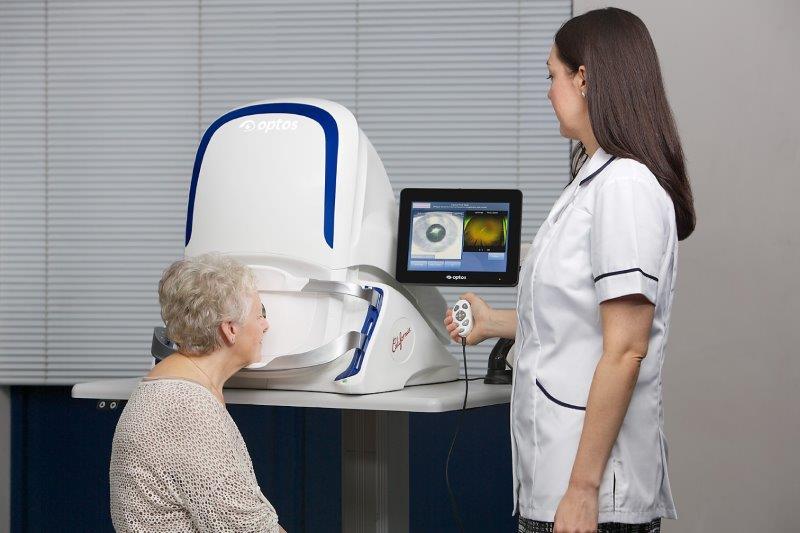Out and about
Like most folk I always regarded walking from A to B as a fairly mundane but pleasant way of getting around, until recently. Now, sadly it’s a combination of challenge, risk and bloody nuisance, brought about by sight loss and relocating to Auckland.
The sight loss is courtesy of retinitis pigmentosa and the move to Auckland down to two grandchildren. There isn’t much I can do to change the sight problem or wish to do about the grandchildren, but maybe I am allowed a gentle swipe at the folk who share the footpaths.
I live in a quiet street in the central, popular shopping suburb of Ponsonby and usually I take a daily stroll up to the main street, Ponsonby Road, but it’s getting tougher to enjoy the outing.
Aucklanders, I've found, have difficulties when it comes to deciding the correct areas for cars and pedestrians. Cars enjoy a sort of squatters’ right, enabling them to occupy whatever percentage of the footpath their own property doesn't allow. Whilst my cane does pick up the bulk of the vehicle, my shins are living proof that it doesn't detect tow bars quite so well. Throw in a few wheelie bins here and there and it's safer to walk on the road!
Ponsonby Road presents a raft of new challenges all on its own. Here, serious white cane events fall into two categories: human and man-made. On a sliding scale, human obstacles start with cyclists, closely followed by skateboarders, kids with scooters, school kids walking five abreast and those unable to walk around without burying their face in a cellphone. The odd dog leash across the footpath doesn't strictly count as human, but it’s worth considering as another optional hazard.
Man-made challenges are generally more complex and subject to change, so they should be navigated slowly. It’s all very well for young mothers with perambulators and dogs in tow to weave through these with the ease of an Olympic skier, but the sheer volume and complexity of the obstacles makes caution a must for white caners wishing to survive the journey.
The City Council's contributions include park benches, rubbish bins and odd posts in odd positions whose main purpose seems to be injuring people with sight problems. Bus stops, capable of sheltering more people than ever get on a bus, are also worth a mention, along with the metre square sunken or bordered plots for city trees; always good for breaking a cane or causing a fall.
The public’s man-made involvement is constantly evolving. Café tables and patrons edging toward the kerb, sandwich boards plonked in the middle of the footpath, weather blinds and little plants in huge pots all add a bit of spice to my daily perambulation. There are of course wild cards, such as courier operators in a hurry and waiters displaying all the litheness and speed of professional ice skaters, while clutching wine-filled trays aloft, turning a simple walk into adventure tourism for white caners such as myself.
Maybe one day some enlightened councillor will stumble upon the concept that pavements were introduced for people to walk on. It’s an old schoolboy cry but well worth paraphrasing. "Please Sir! Can we have our footpaths back?"
In the meantime, enjoy your walk!
UK-born Trevor Plumbly, a retired arts and antiques dealer and former owner of Plumbly’s Auction House in Dunedin, was diagnosed with retinitis pigmentosa 15 years ago. In 2008, when sight loss put a stop to the antiques dealing, Trevor and his wife Pam relocated to Auckland to be closer to family.



























